Author: Mrs A
Location: West Bagborough, East Quantoxhead, Mendip Hills, Somerset, UK
It was hard not to feel a little sad and apprehensive at our impending departure from West Bagborough, and the weather didn’t help either, with its chilly breeze and drizzly rain. With a little sunshine forecast for Monday afternoon we forced ourselves out of the house and down to East Quantoxhead for a walk.
We just love the scenery down there, and we had the whole area to ourselves. The wind was rather chilly, but when the sun came out and you were in a briefly sheltered spot you could have imagined it was summer!
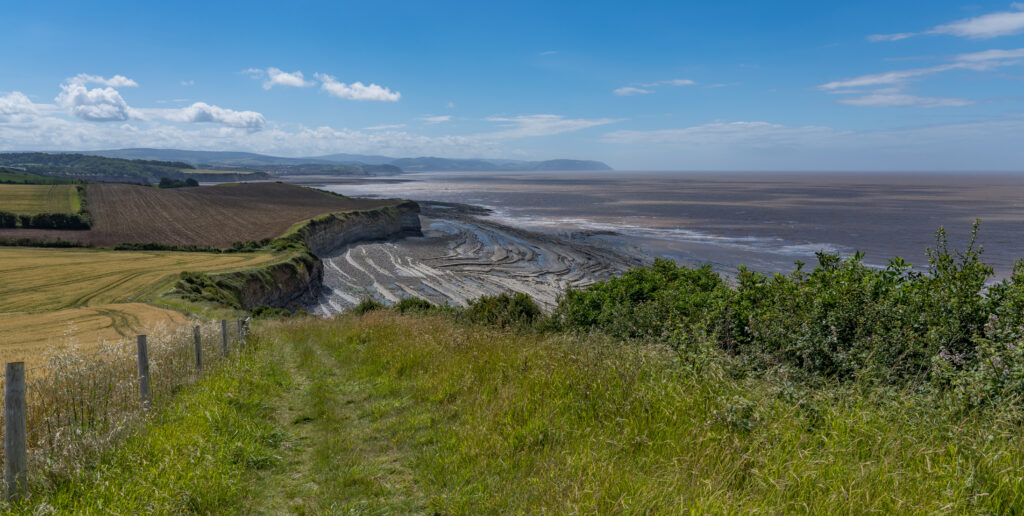
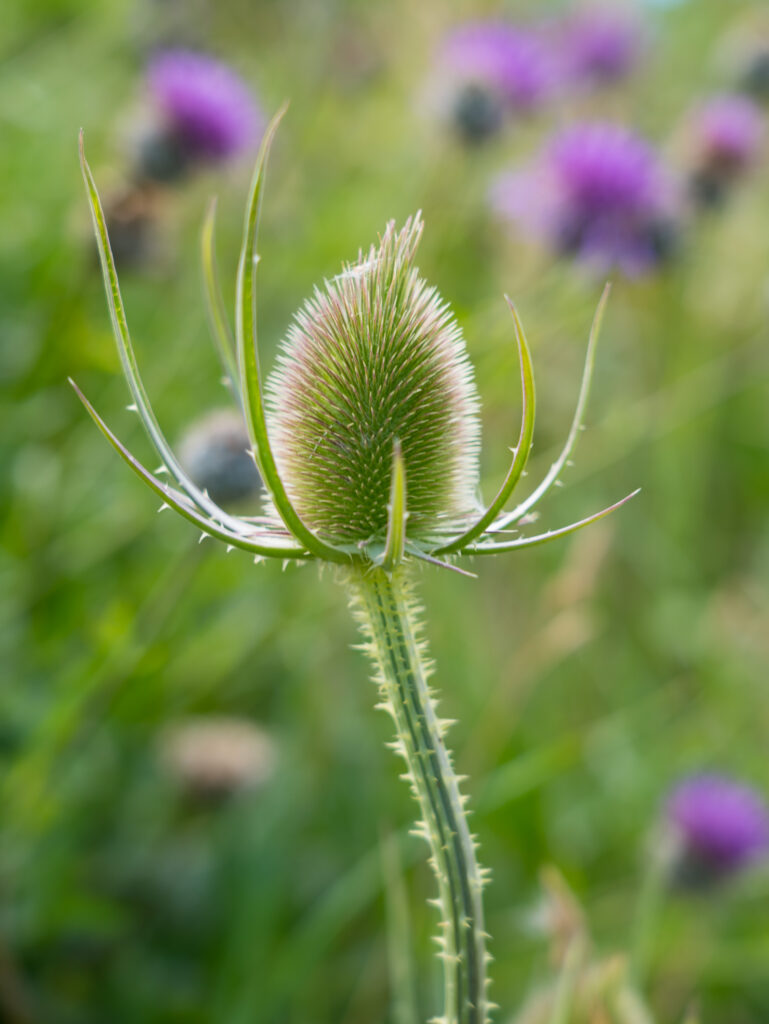

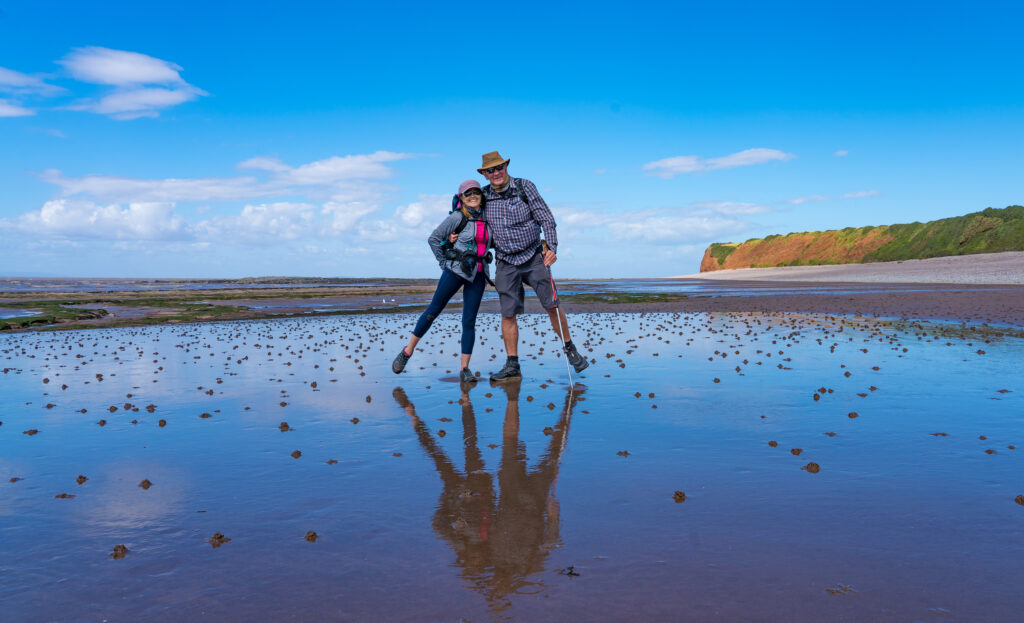
The beaches here might not have the squeaky fine white sands of Australian shores, but they are far more interesting. The tide goes out a long way here, revealing fossil filled rock pools, petrified forests, attracting herons and other fish-loving birds. The pink and mauve striped sedimentary rocks look like magnificent sculptures.
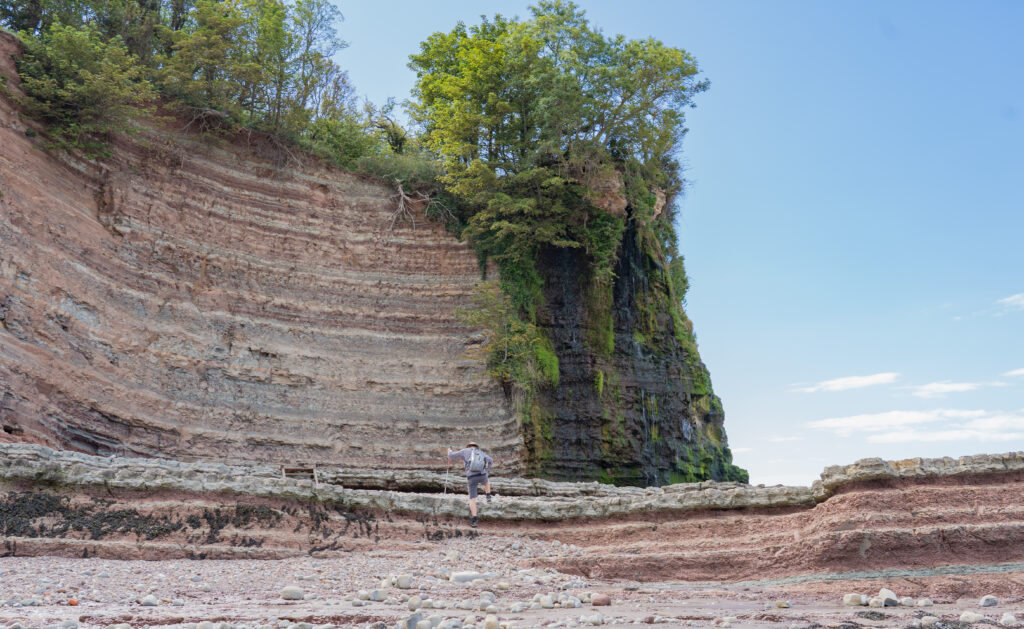

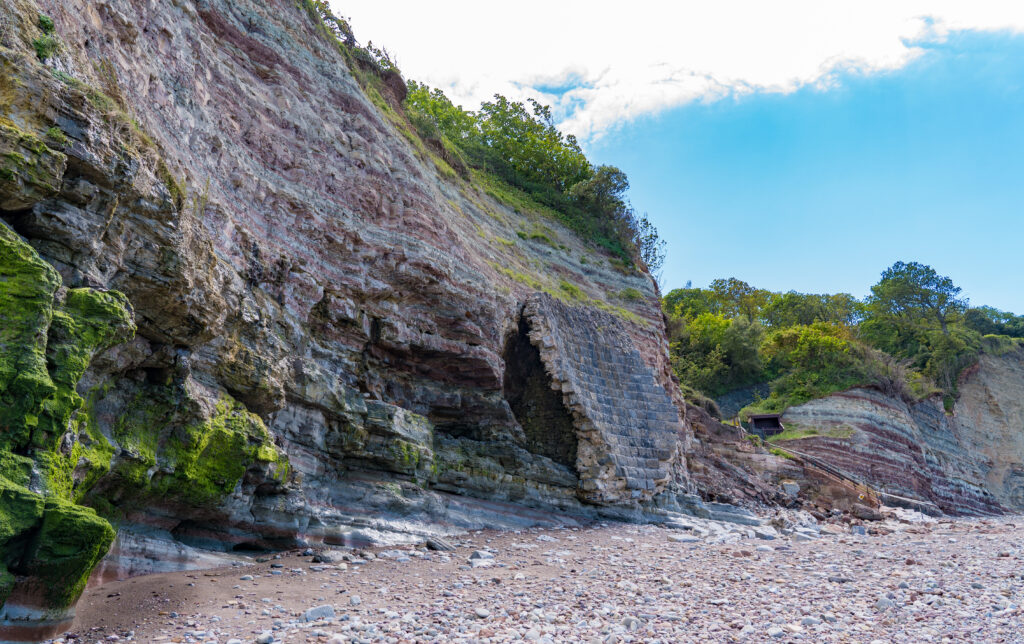


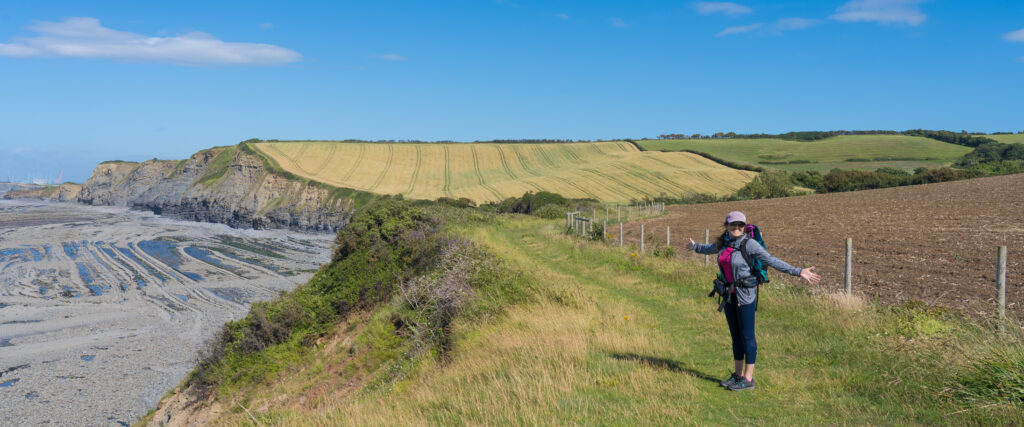
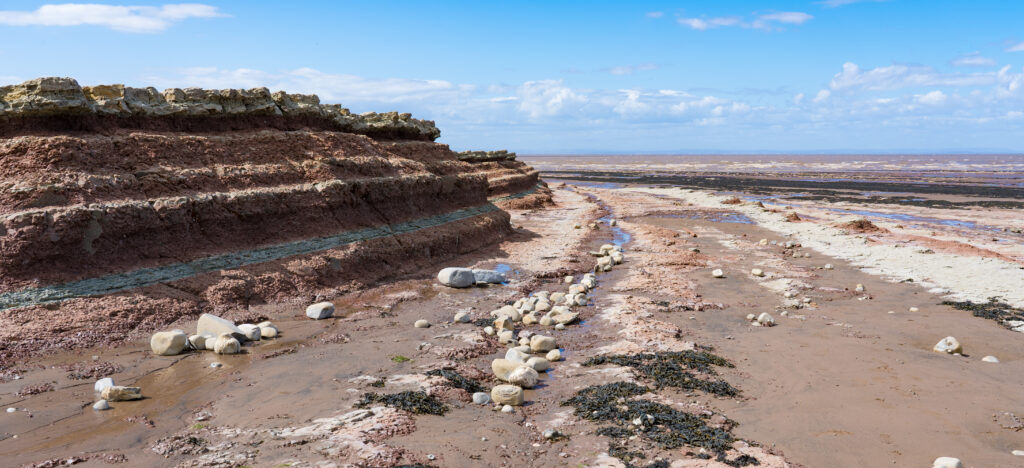
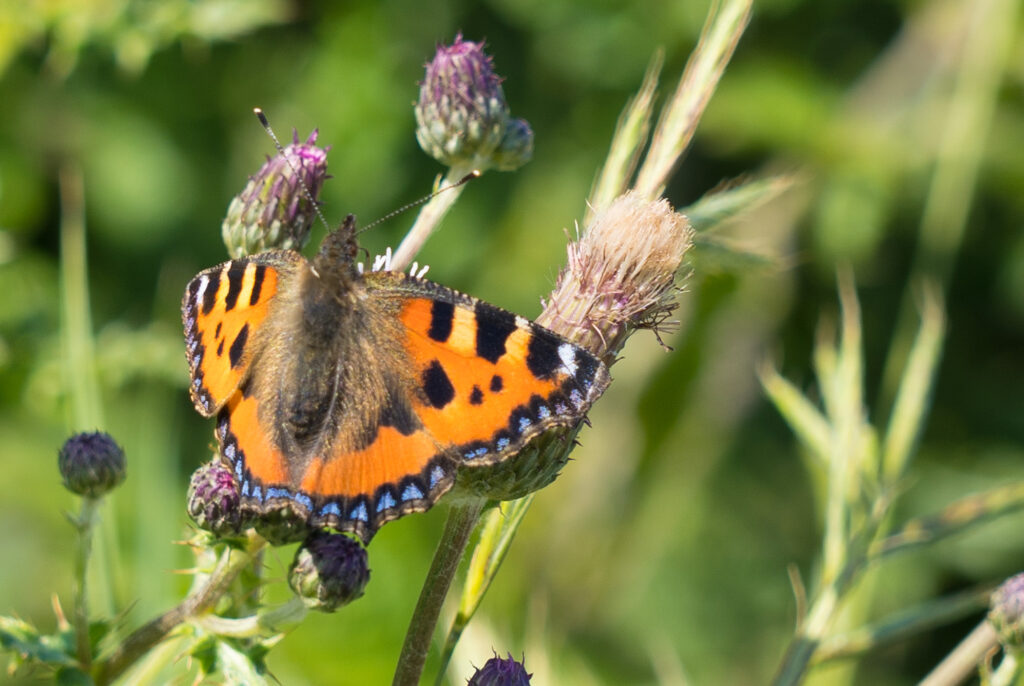
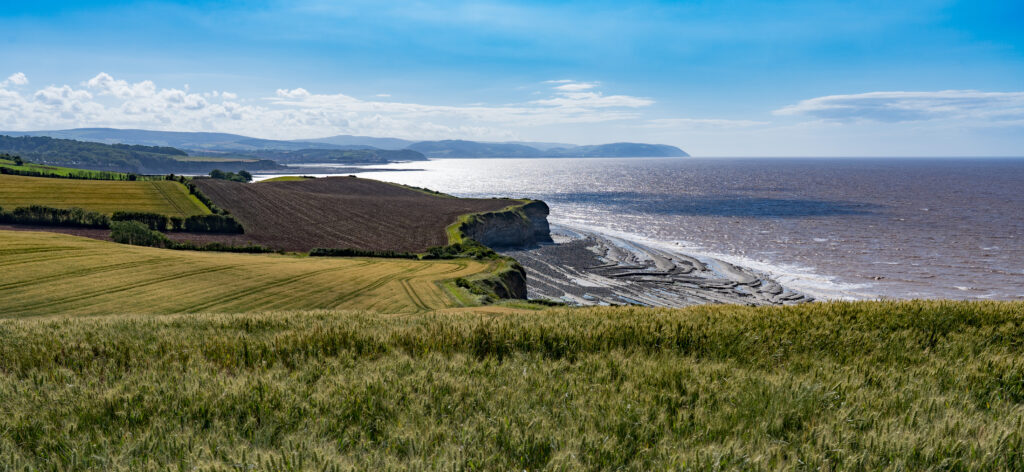
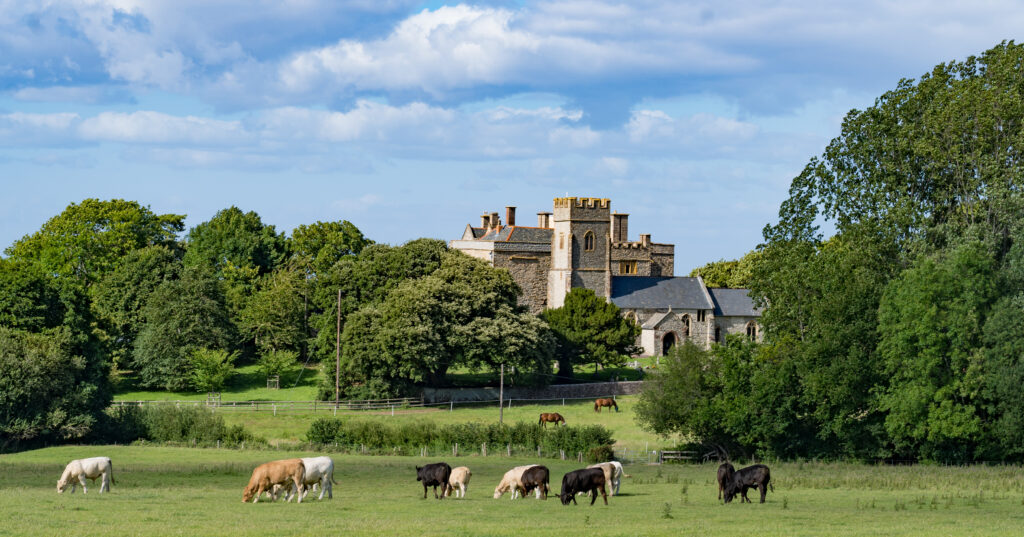
Our week was then largely spent making preparations to head on the road – getting Truffy packed up (it is amazing how everything somehow fits back in to him!), and returning the cottage to its former state, ready for the next holidaymakers to arrive.
We had some farewell drinks and fish and chips with our friends down at Quantock Camping, their site now bustling with visitors enjoying the luxury of personal toilet blocks, and also were invited for some wine and nibbles with our landlady, Jennifer.
Suddenly Friday morning was upon us, and we packed off our final bits and pieces, and hit the road.
Our first stop was the village of Cheddar in Cheddar Gorge. This is located in the southern Mendip Hills, and riddled with limestone caves. In the early 1900s a complete human skeleton was found in one of the caves here which was carbon dated as being about 9,000 years old.
This is also, of course, the location which first made Cheddar cheese – with documented evidence of its particular recipe going back to the 12th century. Apparently the caves in the gorge are the perfect temperature and humidity for maturing the cheese.
On our visit however, the caves and the museums showing the evidence of first humans were closed due to Covid-19, so we donned our hiking boots and took to the hills instead (Strava link).
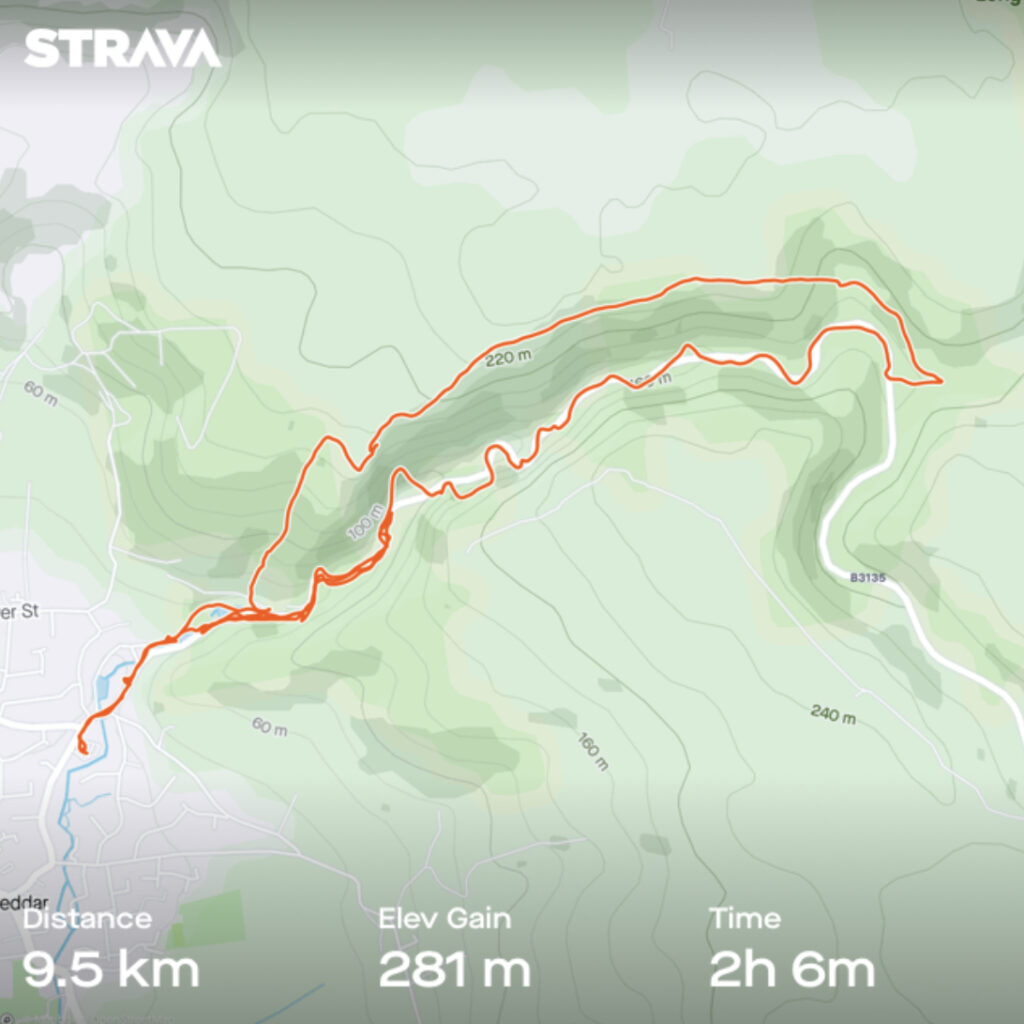
The climb up from the valley floor was rather steep, but once up on top we were rewarded with magnificent views, easily able to see the Quantock Hills and all the way down to Minehead.
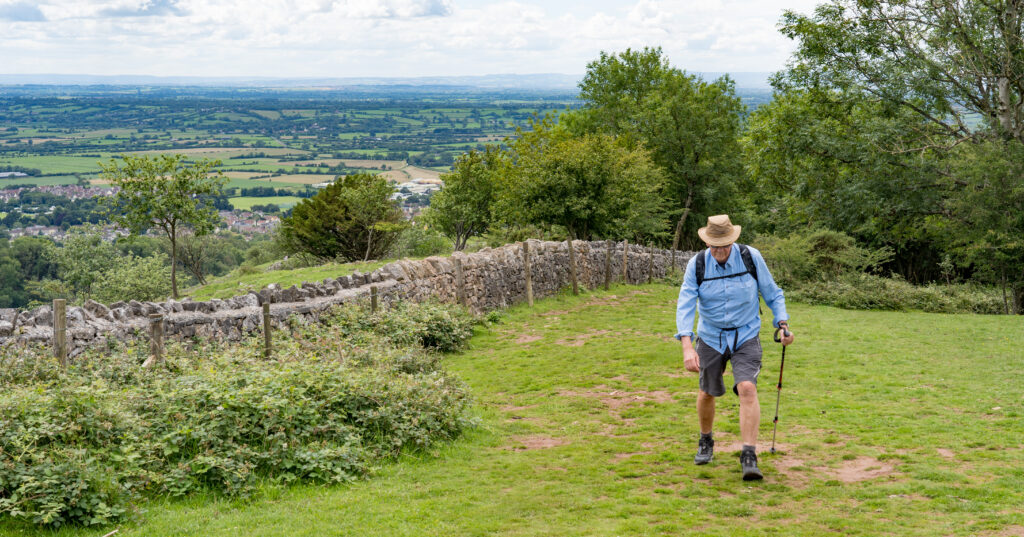


We climbed along the top of the cliffs, enjoying the fabulous views and fresh air. Up on the cliff walls, delicately picking their way along the greenery, are a number of Soay Sheep. They are brown in colour (and rarely, patched with ginger!) and live here accepted as a feral flock. The sheep are native to islands off the coast of Scotland, and were released here in the early 90s, these days appreciated as lawn mowers, keeping the undergrowth in control.
Originally we intended to make a circuit around the other side of the gorge, but the primary access point, Jacob’s Ladder, was closed for repairs. Instead we wound our way back to the village down the road.


Back in the village, a few of the local shops had recently opened to visitors – most importantly, the Cheddar Gorge Cheese Company. They still mature some of their cheddars in the caves, and Mr A could not resist a tasting.


Our destination for the night was the village of Priddy. Unlike the massive distances we are used to travelling in Australia, this is just 54km (33.5 miles) from our former cottage in West Bagborough – practically a day trip! We settled ourselves in for a peaceful night.
Saturday morning saw us pulling back on our walking boots and following a trail I had plotted on a new app I am using, Komoot. It’s a free app that allows you to plan and follow walking trails – I marked a 15km (9.5 miles) circuit (Strava link) from our camp to the village of Wookey Hole and back via Ebbor Gorge.
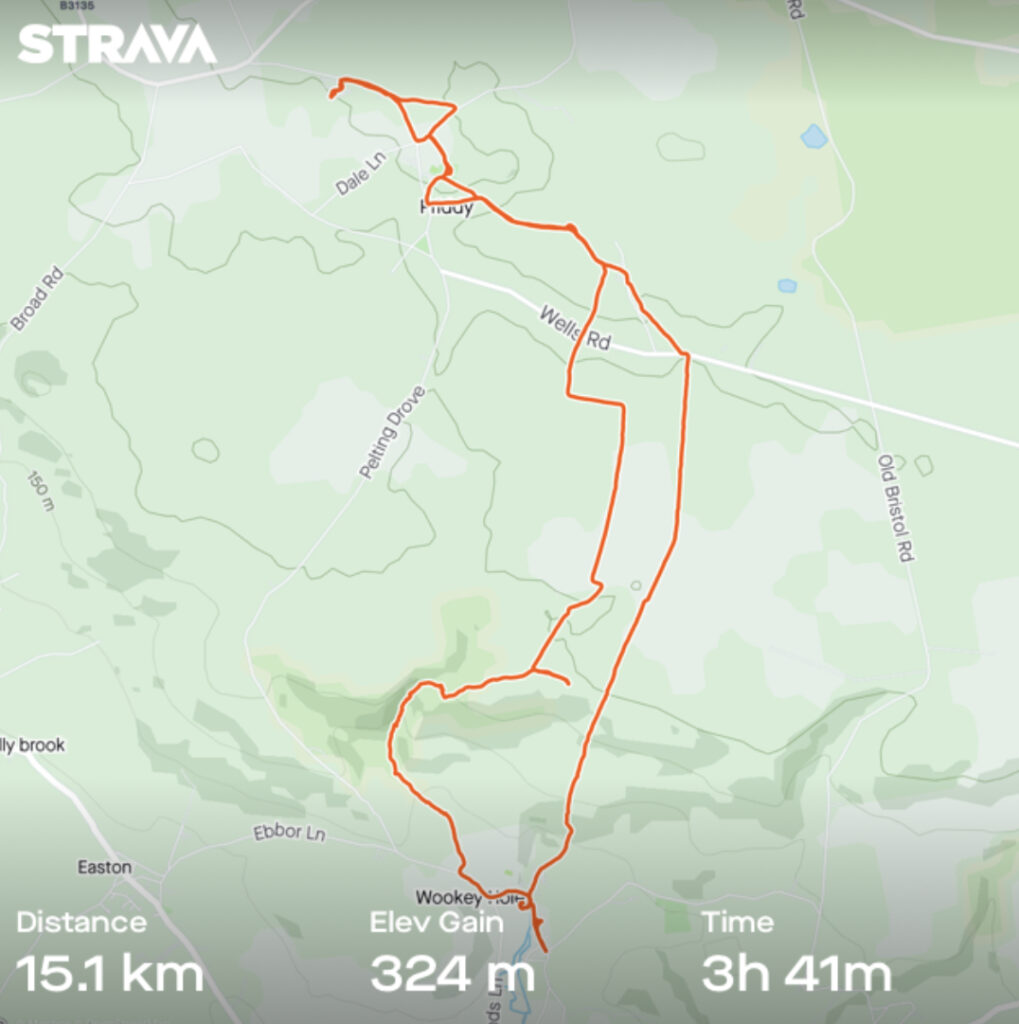
In contrast to our Quantock Hills walks, the fields here were lined with stone walls, often with steps leading us up and over. The stone slabs were frequently shining from centuries of hands and feet.
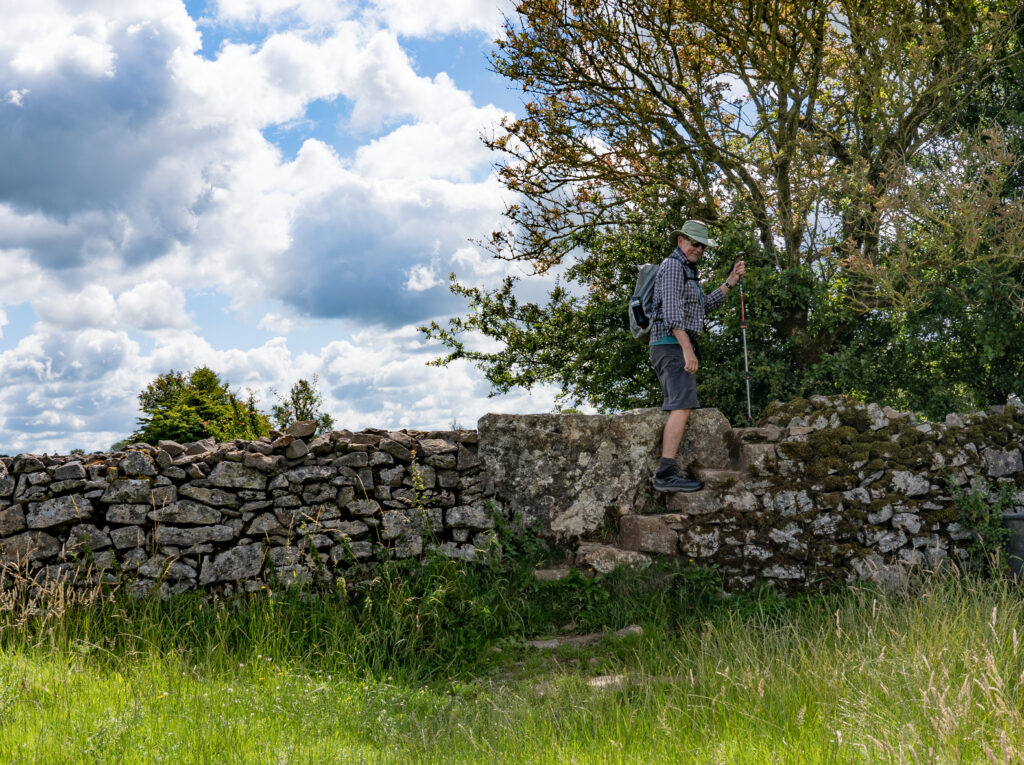
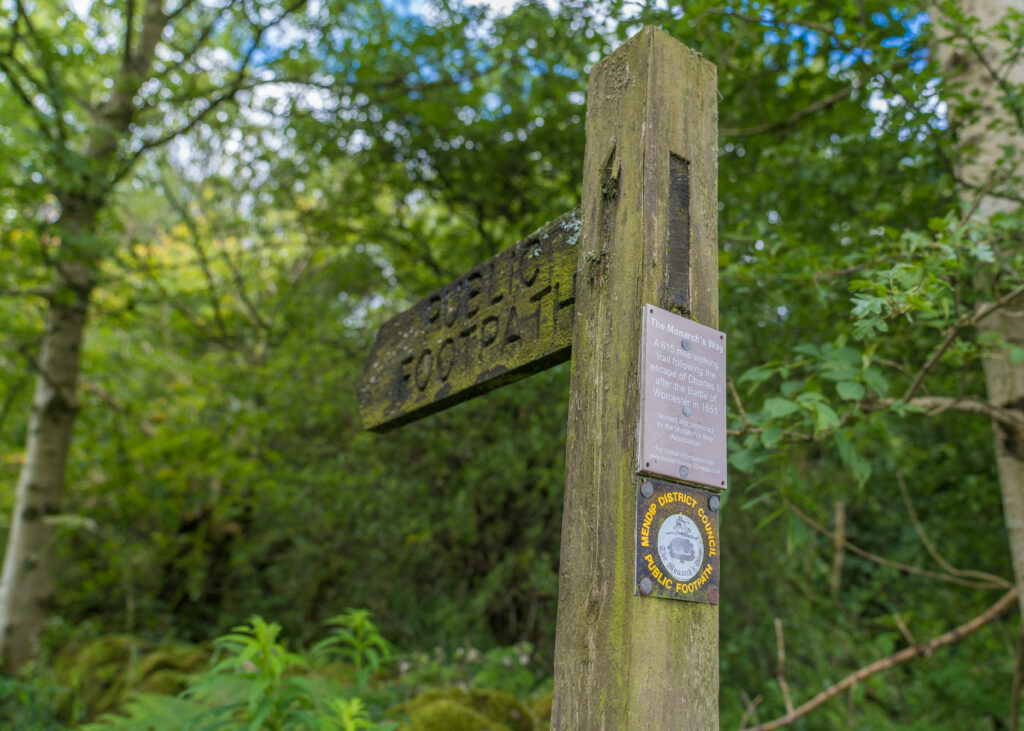
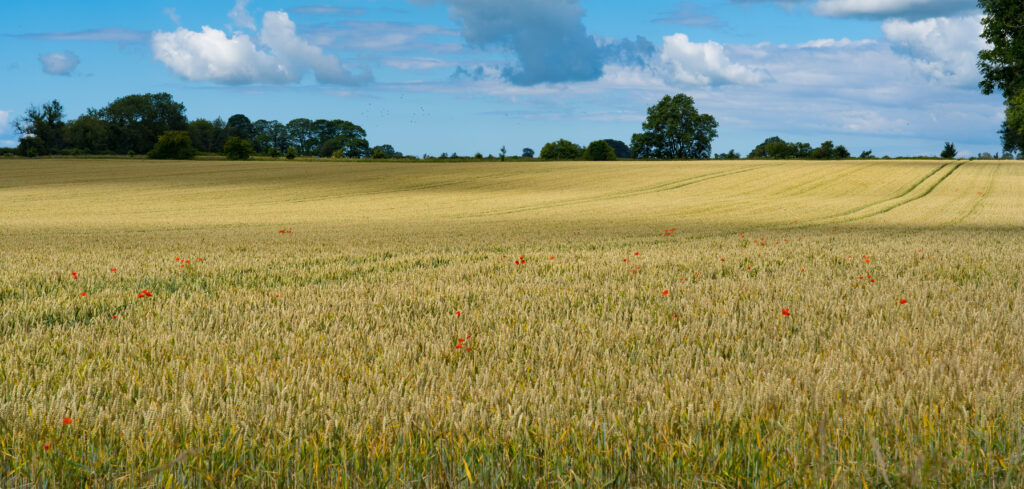
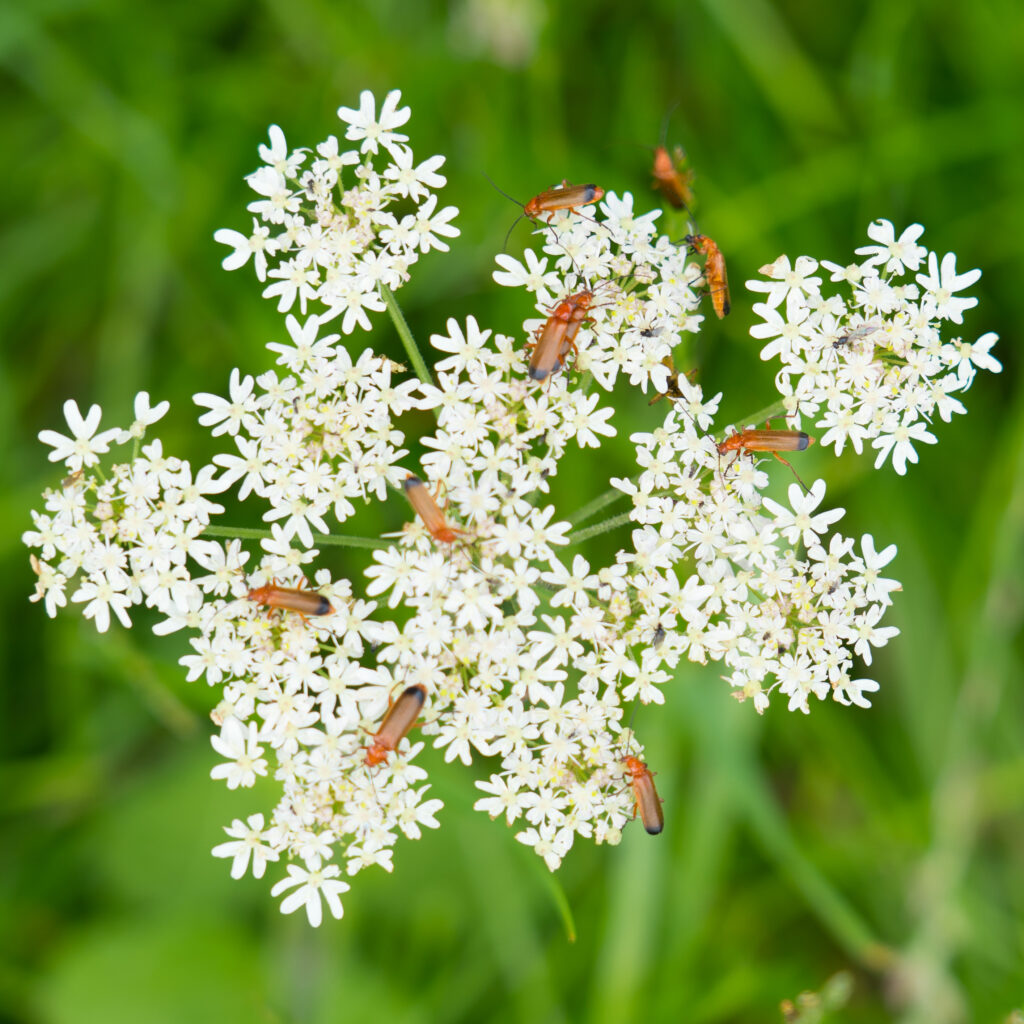
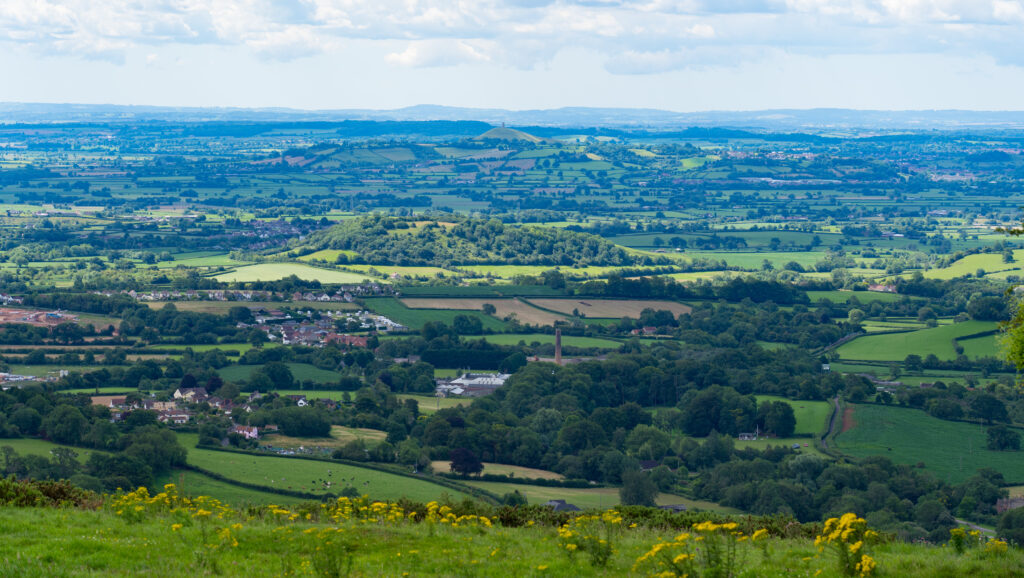

Crossing fields with wonderful views we eventually began heading downhill into the village of Wookey Hole. The village centres around the Wookey Hole Caves, in which tools have been found dating back to the Palaeolithic times – around 45,000 years ago. As a child, I visited this area as part of a school trip – my memories limited to the Witch of Wookey Hole – a stalagmite that looks vaguely like a human who has been turned to stone.
Despite the caves being open, the thought of being trapped with crowds of people underground was not too appealing, so we headed to the local pub in search of lunch.
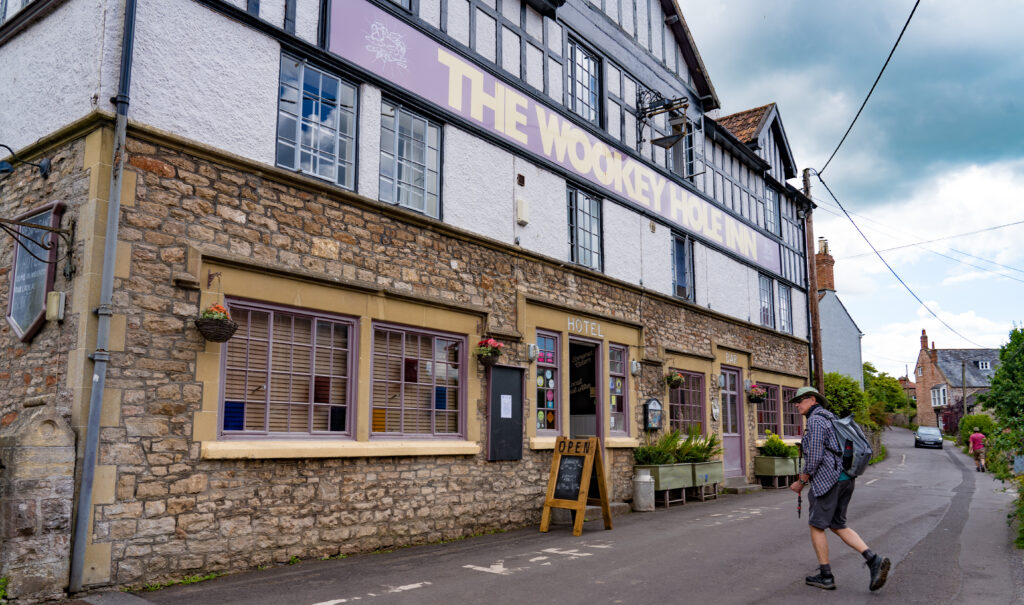
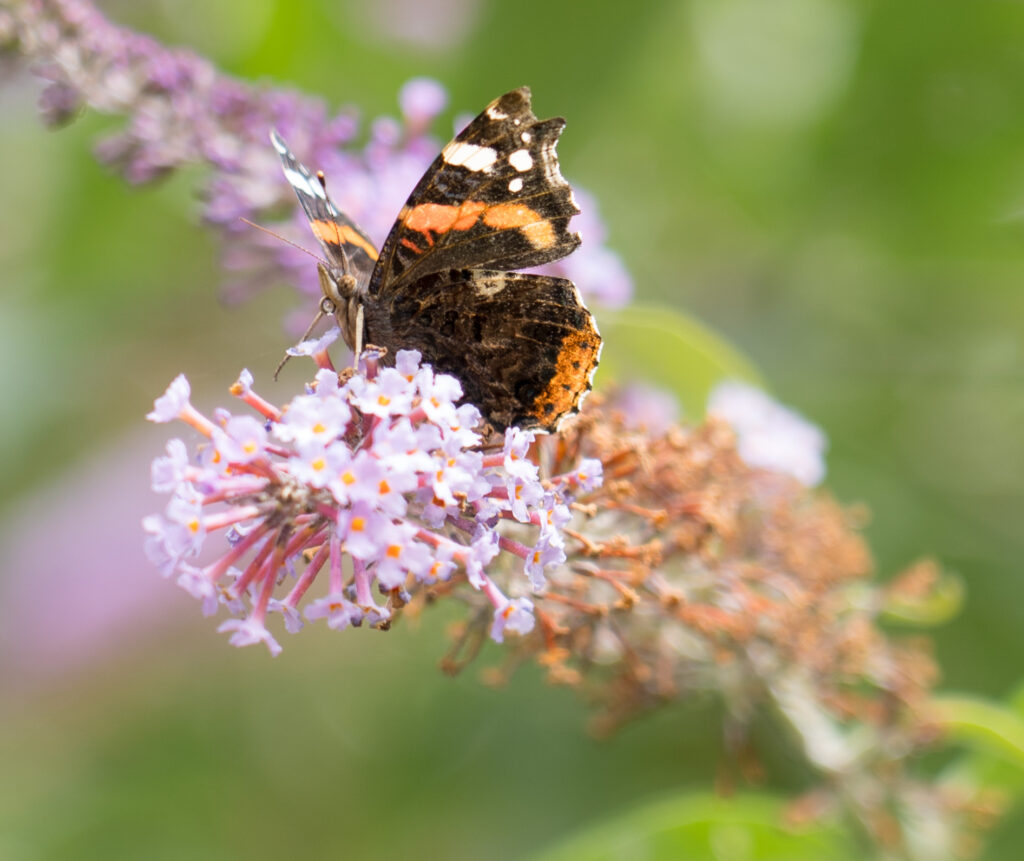
After half a pint and a sandwich in the pub garden we had to muster up the energy to head back to camp, knowing there would be a steep uphill. Our route took us to Ebbor Gorge Nature Reserve.
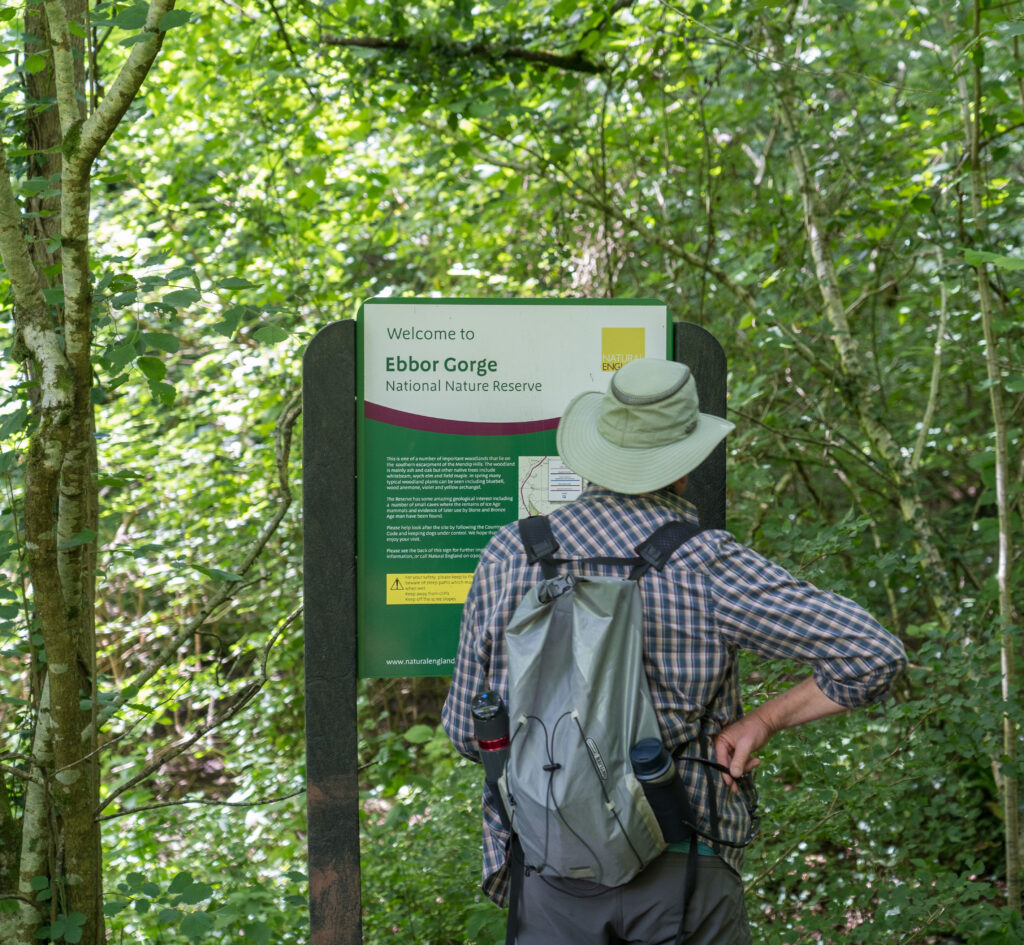
The limestone gorge is very lush, with moss covered walls dripping with water. Like Cheddar Gorge, this is also popular with climbers and we passed a few as we hiked up.



Upon reaching the top we found ourselves a quiet patch of field for a well deserved rest and drink of water.
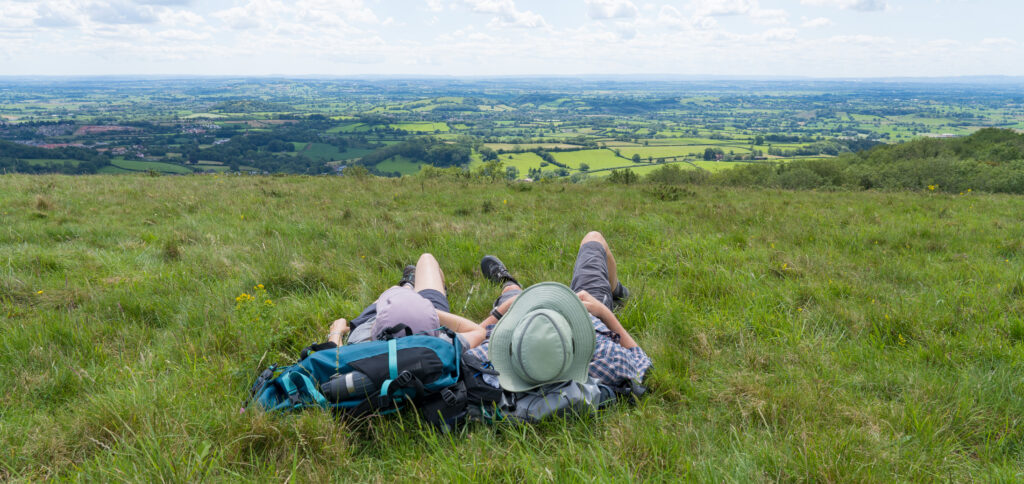

After two days hiking with rather steep climbs, we decided to do a somewhat tamer walk on Sunday (Strava link).
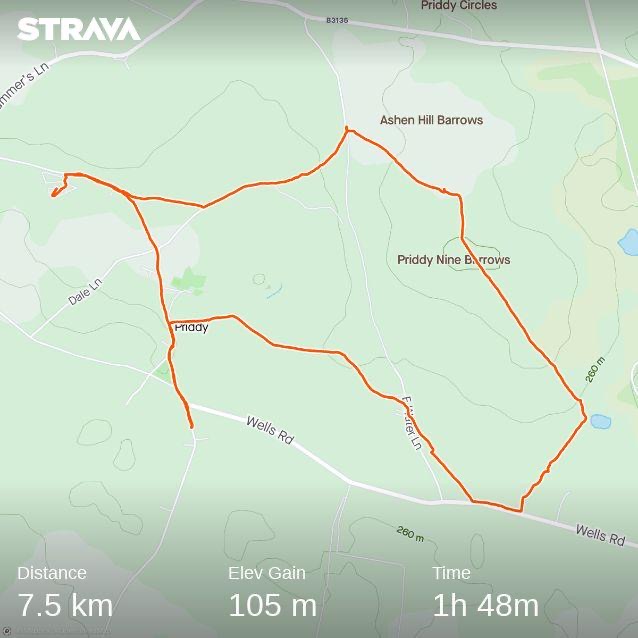
Like the Quantock Hills, the Mendip Hills were a hotbed of activity back during the Bronze Age (and way before). Not far from our campsite are a series of Bronze Age burial mounds, known as barrows. These were created between 2200 and 1100 BCE, and originally were to be found all over the UK. Many were destroyed as towns built up, but a few survived.
The Priddy Nine Barrows are now protected, set in farmland. Having been here for between 3 and 4,000 years, it is not surprising to read they have been raided in the past, with a reverend during the 1800s making notes about his finds, which included amber and blue beads, cups, an arrowhead or spear and of course bones.
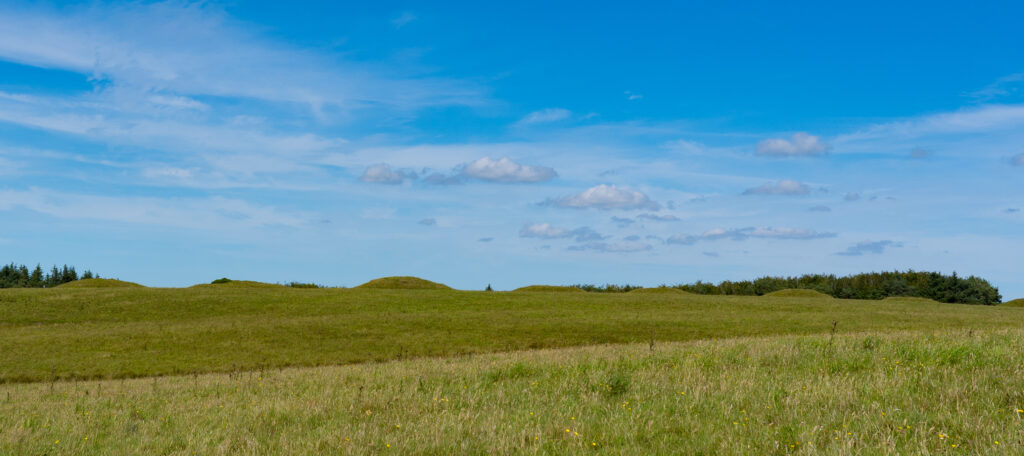
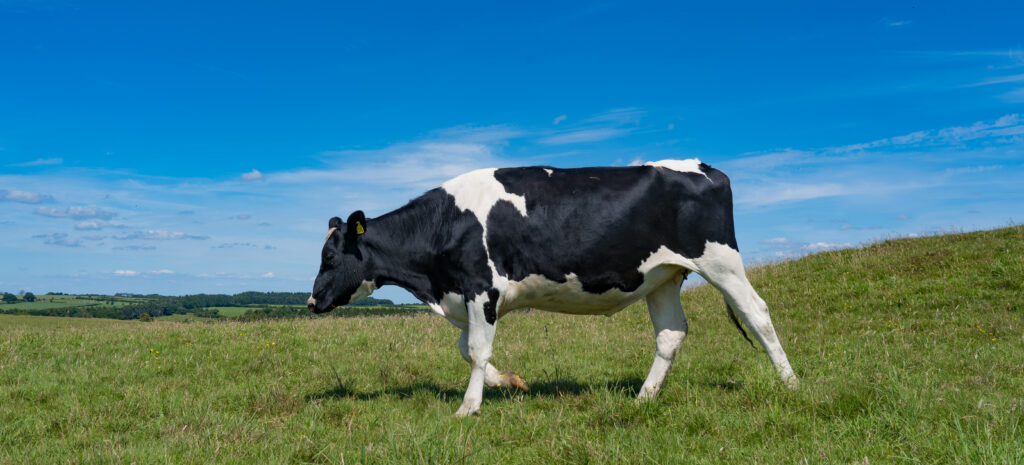
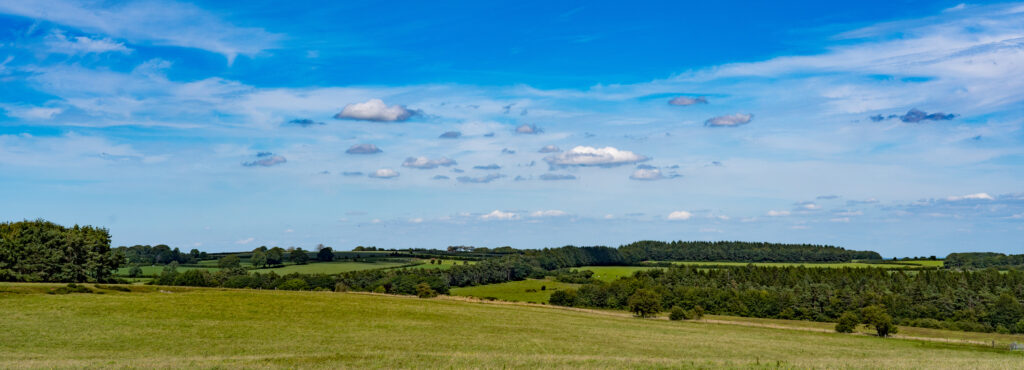
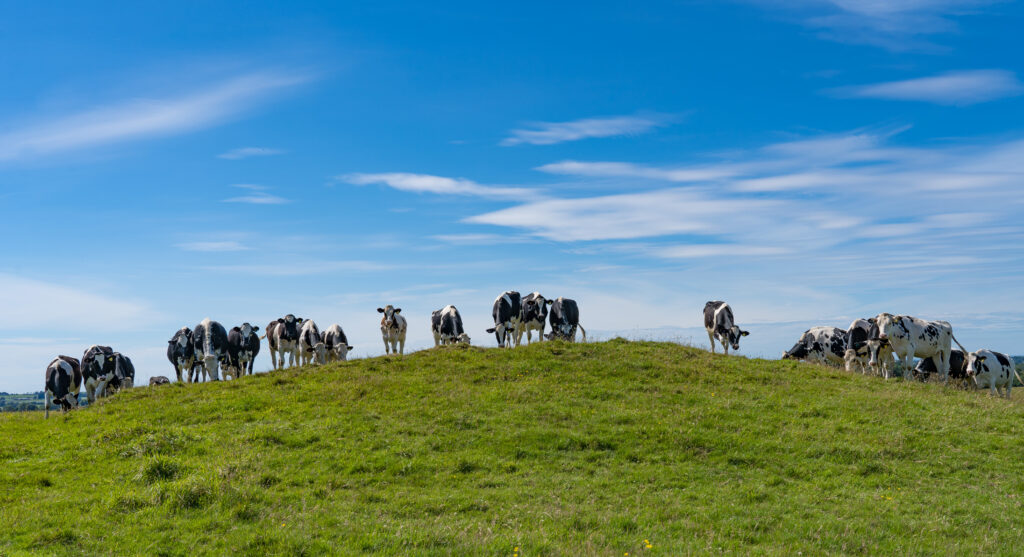
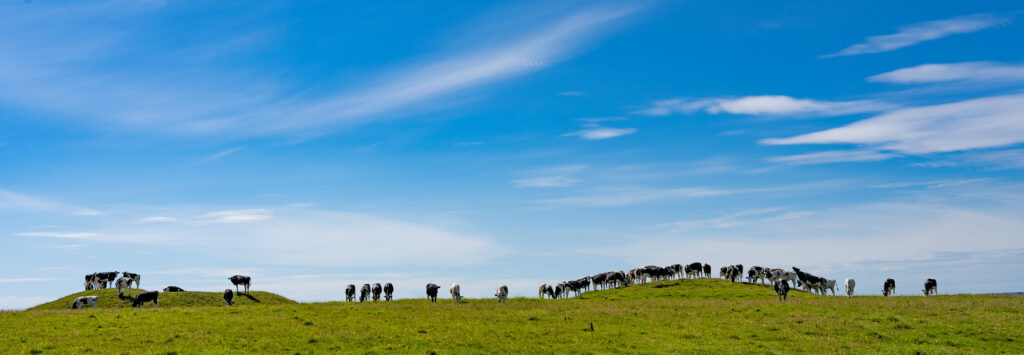
We continued our walk passing more barrows, the warm afternoon sun just perfect. Its the kind of weather where you could walk forever.

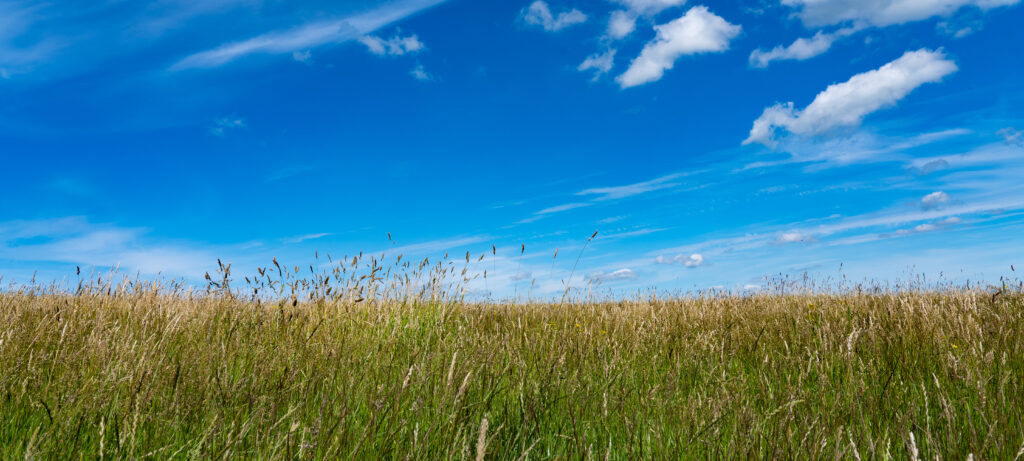
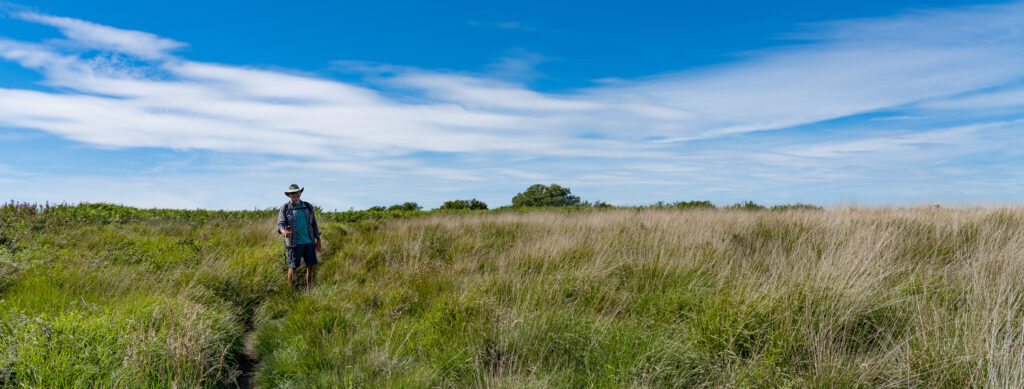
We wound our way over styles and walls, making our way back towards the main village of Priddy. The landscape is quite interesting here, often looking like it has been carved out by a raging river or moist marshland, but without the liquid which shaped it – changes likely caused by sinkholes and underground streams.
This whole area has an incredible history, The Romans were active here with evidence of diggings for lead. Being on top of limestone, there are also many caves, with maps showing a whole 16km network winding under the village.
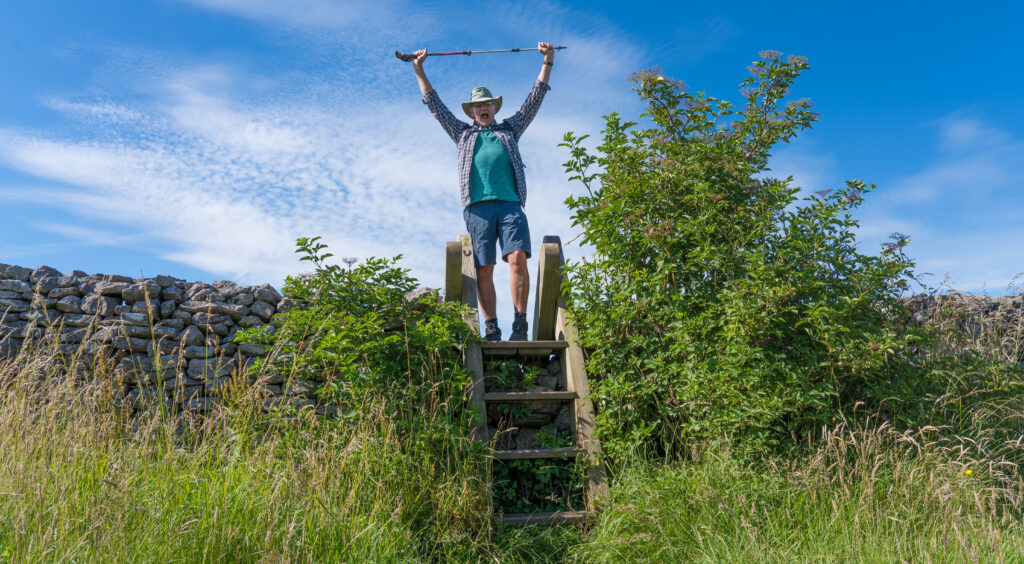
Given the pubs are now open, we found ourselves wandering through the village to our local – the Queen Victoria. They had rigged up fencing to ensure people only enter through one location, where we had to use alcohol hand gel and share a name and phone number before proceeding. Once in, we were allocated a red-tableclothed bench to sit at and our orders were taken. Half a cider each and a packet of ready salted crisps were then delivered to a blue-tableclothed table, and we had to collect them ourselves. Payment was by contactless card at arms distance. All very Covid-safe, but not quite the pub experience of old!
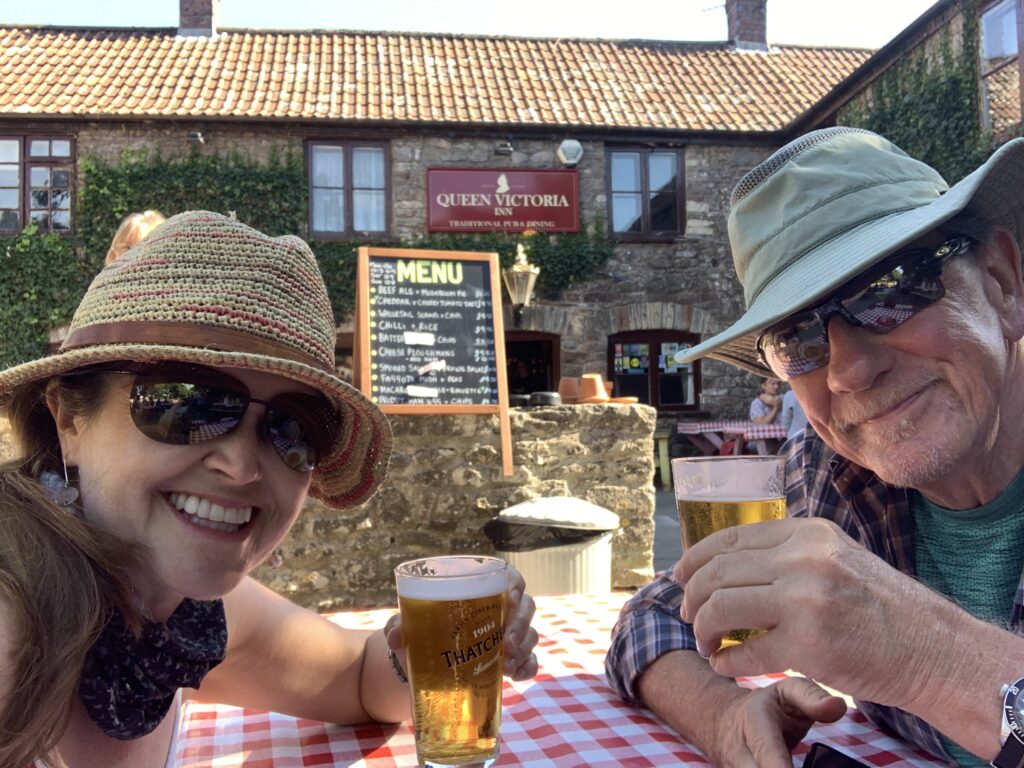
We stuck to the one drink before wandering back to camp for the evening.
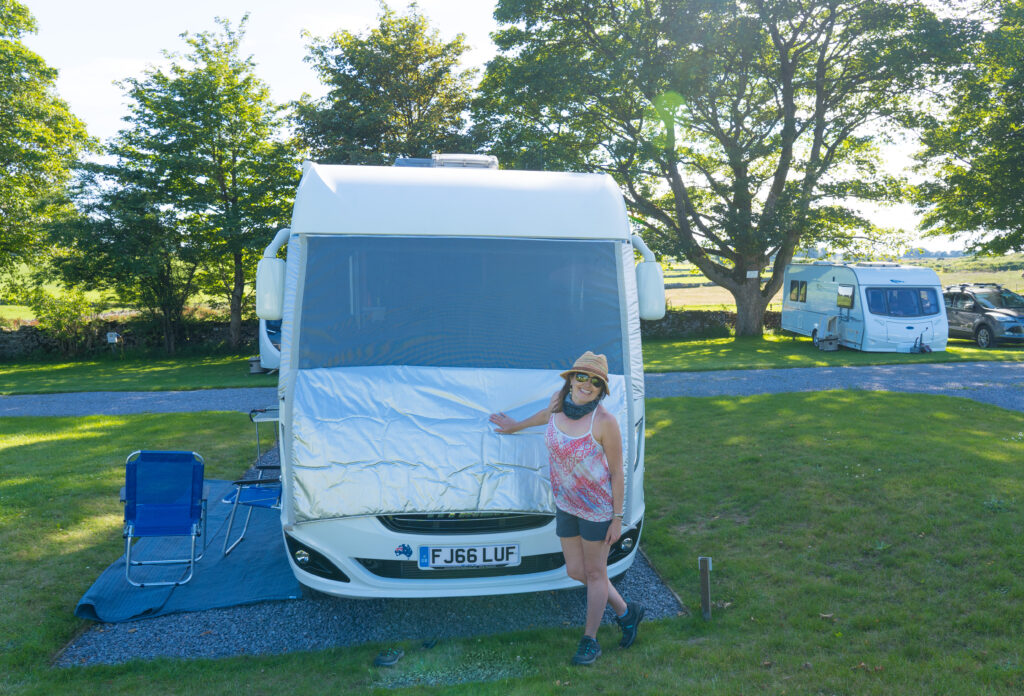
It has been a brilliant commencement to our travels, which we began with great trepidation. So far we have found that people are mostly being sensible about distancing and staying healthy. We have quite a few people and places to visit in the coming days and weeks and now feel a little less nervous about our upcoming adventures.
